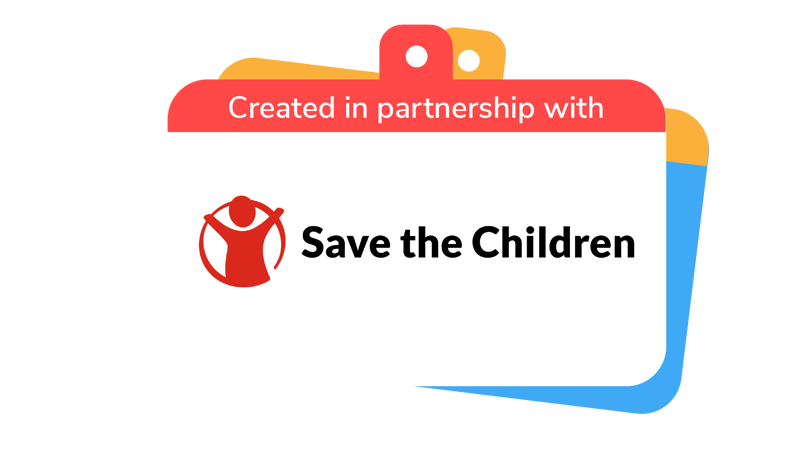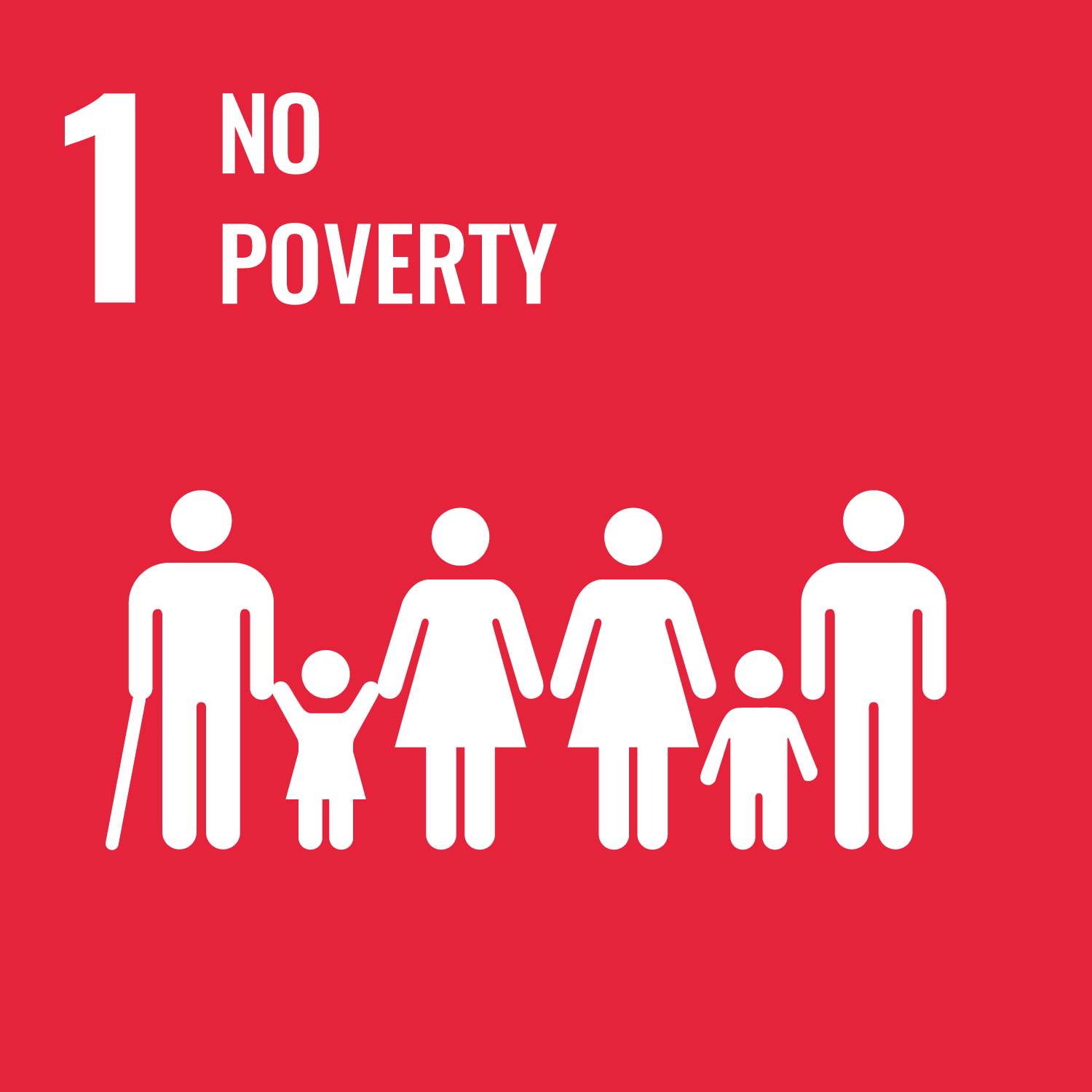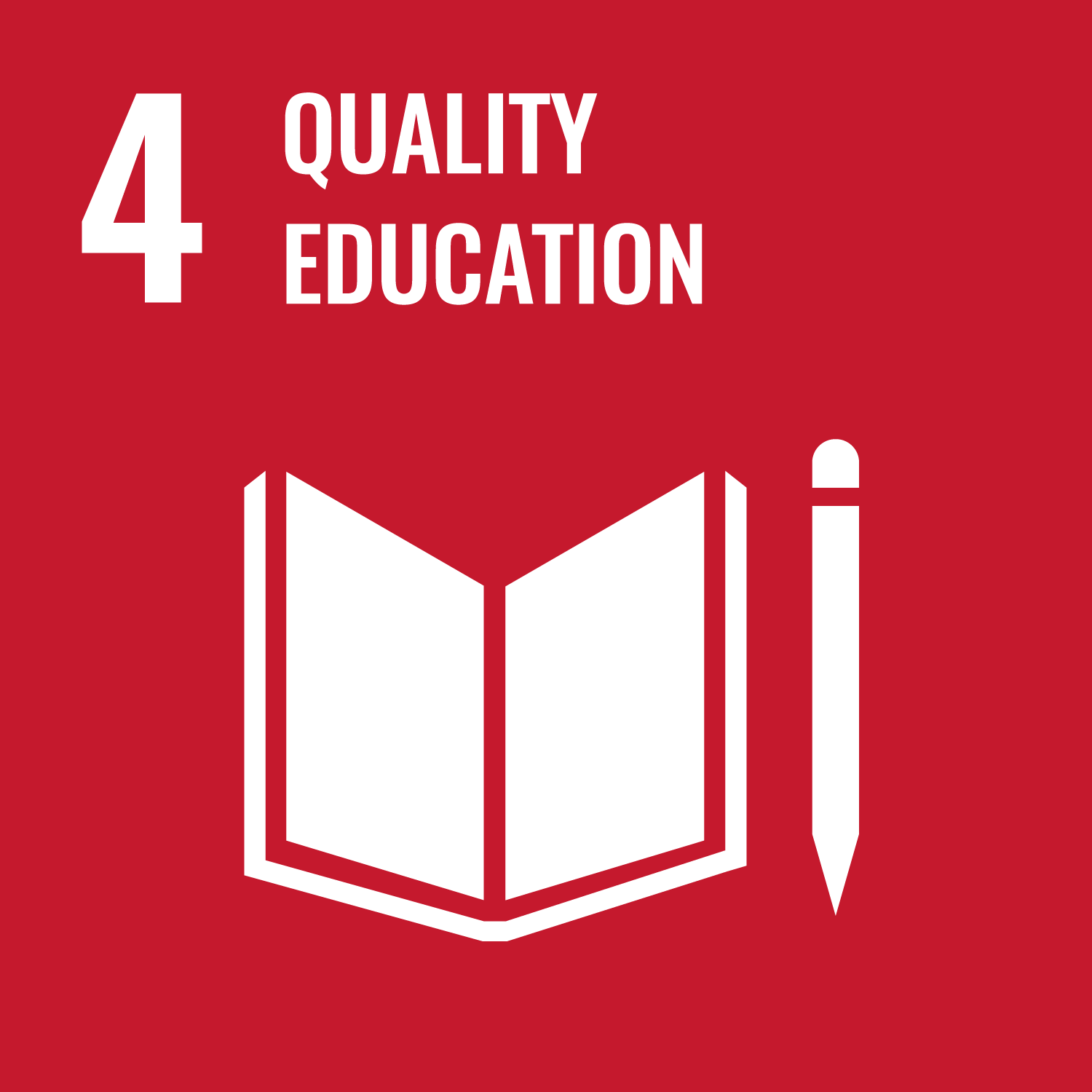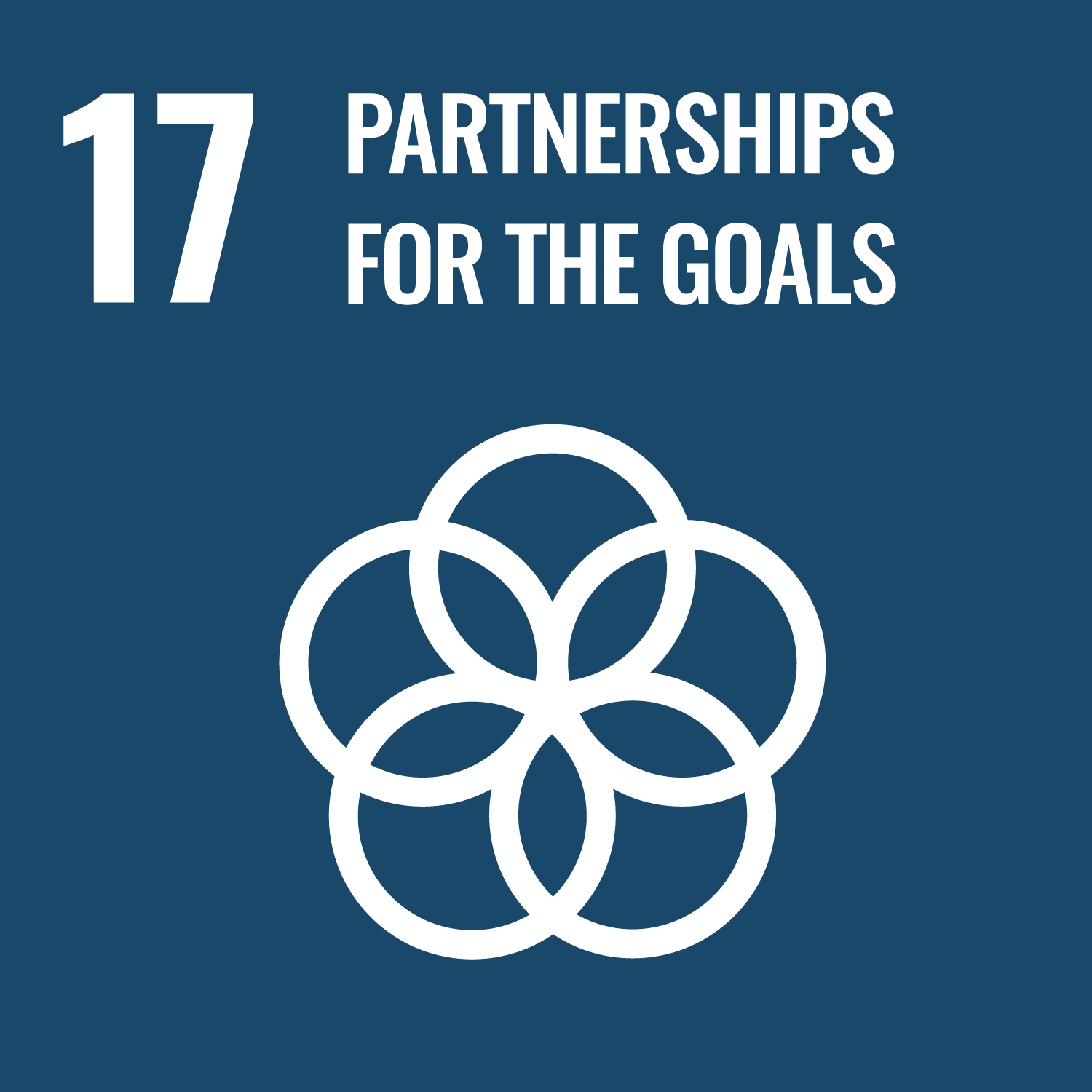
Debate the Sustainable Development Goals
You’ll need
- Pens or pencils
- Coloured pens or pencils
- A4 paper
Before you begin
- Remind yourself of everything people have done for their project: how did they identify the need, plan action, and take action?
- If you have resources people made, or photos and videos of them taking action, bring them to show everyone.
- Write the Questions to ask on six pieces of paper and display them around your meeting space.
- Get to know the 17 Sustainable Development Goals. Make sure you’re aware of the different crises currently affecting children.
- Print the symbols that represent the Sustainable Development Goals and display them around your meeting place. If you don’t have access to a printer, you could copy the symbols instead.
- What theme did we explore?
- What did we do?
- Why did we do it?
- How did it make you feel? What skills did you develop?
- How did the project make a difference for people or the environment?
- What could we do now? How could we achieve the next stage of our badge?
Remember, remember
- The person leading the activity should help everyone remember the main details about their project so far. They should use any resources, photos, or videos to help jog people’s memories.
- Everyone should move around the room, visiting each of the six pieces of paper. They should think about each question, chat with their friends, then jot down their ideas.
It’s especially important to write down the answers to the final question.
- Everyone should share their ideas.
This is a great chance to congratulate everyone again – take a moment to celebrate successes and people’s hard work.
Narrow it down
- The person leading the activity should read the name of one of the Sustainable Development Goals (SDGs). Everyone should run to the symbol they think goes with the goal, then the person leading the activity should reveal the answer.
- The person leading the activity should keep reading the goals, and everyone should keep finding the symbols until they’ve matched them all.
- Everyone should stand by the goal they’d prioritise if they were in charge of choosing one. People should take it in turns to explain why they chose their goal.
- Everyone should gather in a circle, bringing the goals with them.
- The person leading the activity should help everyone understand the different crises affecting children.
Use the information on Save the Children’s website to help.
- Everyone should work together to decide which goals won’t directly help solve the crises affecting children. They should put these goals face down in a pile.
- Everyone should chat about Save the Children’s work with refugees and displayed children. If they want to make any changes to the pile of less-relevant goals, they can.
Prepare to debate
- Everyone should split into small teams. The person leading the activity should give each team two or three goals.
- Each team should decide which one of their goals would be the most useful to support the refugees and displaced children. They should add the other goals to the face down pile.
- Each team should prepare to persuade the other teams that their goal is the best way to support refugees and displaced children. They could think about what difference the goal would make in the short-term and in the future, and how they goal could be achieved.
- Each team should choose one person to represent them in a debate. They should get ready to explain why their choice is the best option by speaking for one minute.
- Everyone else should get ready to be a reporter who’ll record all the important discussions. They should think of some questions they could ask each person debating, for example, ‘What does your choice do to address the issues that cause people to become refugees?’ or ‘How will your choice help people to return home?’.
Make sure the reporters know that their team must be ready to answer any questions they ask – if they ask another team something, they should know the answer for the goal they’re putting forward.
Time to debate
- The first representative should spend one minute explaining why their goal is the most useful to support refugees and displaced children.
- All of the reporters should take it in turns to ask questions.
- The other teams should take it in turns to present their arguments and answer questions.
- Once all of the teams have had a turn, everyone should work together to agree on a single goal they think would be the most beneficial.
- Everyone should create posters to share their ideas about how this goal could help refugees and displaced children.
People can decide whether they want to work in one big group, work with their teams, or get stuck in by themselves.
- The person leading the activity should share pictures of the posters on social media. It’ll help them spread the word.

This activity helps contribute towards some of the UN's Sustainable Development Goals. Find out more about the SDGs, and how Scouts across the world are getting involved.




Reflection
This activity needed everyone to communicate. Was it easy to match the goals to the symbols? When else are symbols helpful for communication? People could think about overcoming language barriers (for example, signs for fire exits and toilets) or explaining complex information (for example, diagrams for putting things together). How did everyone help the representatives prepare to argue their case? Was it easy to answer questions, or were some unexpected? How did everyone communicate with each other when they were making the final decision?
This activity was also about being a local, national, and international citizen. Why is it important to have shared goals like the SDGs? Who benefits from the SDGs? People could think about how everyone would benefit from a world that’s more equal and combatting climate change. Whose responsibility is it to make the Sustainable Development Goals a reality? People could think about the roles of individuals as well as businesses and governments. How can individual people influence businesses and governments to make a positive difference?
Safety
All activities must be safely managed. You must complete a thorough risk assessment and take appropriate steps to reduce risk. Use the safety checklist to help you plan and risk assess your activity. Always get approval for the activity, and have suitable supervision and an InTouch process.
- Depending on your group, it may be useful to have an adult at each sheet of paper to help people write down their ideas.
- You could swap it over so you give people the symbol and they have to run to the name of the goal.
- It’s up to you how big the groups are.
- People can record their thoughts on the big sheets of paper in whatever way works for them, including drawing and writing ideas down.
- No one should feel pressured to speak in front of everyone – try to make sure the teams are balanced so at least one person is happy to be the representative.
- Discussing refugees and displaced children may be difficult for young people who have experience of being a refugee or displaced (or have connections to it through other people). Make sure they know you’ll be covering the topic, and check what you can do to make it easier. This may involve avoiding specific scenarios or making sure there’s a space for them to take a break. Make sure people’s communication is respectful and supportive.
All Scout activities should be inclusive and accessible.
You could invite friends or family to attend the debate or get a decision maker (such as your MP) involved. You could even invite reporters from your local newspaper to cover the debate – or decide which representative was the most convincing.
Discover more at https://www.savethechildren.org.uk/
